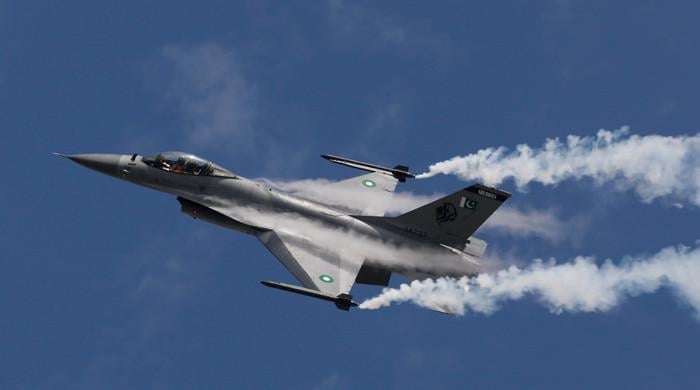Unprecedented Aerial Engagement Between Pakistan and India
Military analysts are terming a recent aerial encounter between Pakistan and India as unparalleled in contemporary warfare. The extensive, long-range confrontation involved a significant number of fighter aircraft from both sides, exceeding 100 in total.
This remarkable aerial clash unfolded during the night of May 6 and 7, marking a distinctive event in aerial combat annals. The sequence commenced precisely at 12:10 AM when India initiated an assertive air operation. This operation included more than 60 aircraft, featuring advanced Rafale jets, SU-30s, and MiG-29s.
These Indian warplanes attempted to infiltrate Pakistani airspace taking advantage of the darkness. However, the Pakistan Air Force (PAF), fully vigilant, countered with a deployment of 42 aircraft. This included JF-17 Thunders, Mirages, and J-10Cs procured from China, effectively intercepting the incoming Indian jets through a well-coordinated response.
What set this confrontation apart was its beyond-visual-range (BVR) nature. The aircraft engaged each other using sophisticated radars, satellite support, and AWACS (Airborne Warning and Control System) aircraft. Pakistani jets efficiently targeted Indian warplanes intending to strike civilian areas from substantial distances, all while remaining within the security of their own airspace.
During the extended engagement, the Pakistan Air Force successfully downed five Indian aircraft. This included three Rafale jets and two SU-30 and MiG-29 fighters, in the vicinity of Anantnag, Pulwama, Pantiyal/Ramban, Akhnoor, and Bathinda.
ISPR, the media wing of the military, affirmed that the aerial battle underscored Pakistan’s commanding grasp of electromagnetic spectrum and electronic warfare. The PAF effectively disrupted Indian radars and communication networks, isolating Indian jets from their ground control and airborne support.
A crucial aspect of this engagement was Pakistan’s strategic deployment of the Chinese-manufactured PL-15 long-range, radar-guided air-to-air missile. This weapon was employed with precision against Indian aircraft that were menacing civilian populations.
Air Vice Marshal Aurangzeb Ahmad commended the PAF’s operational readiness and the utilization of both domestically developed and Chinese technological solutions. He emphasized that intercepted distress signals from Indian pilots revealed widespread confusion. This was attributed to complete electronic disruption, hindering their ability to receive commands or positional data.
This aerial battle also highlighted Pakistan’s advancements in electronic and cyber warfare capabilities, which were deployed effectively for the first time during active combat. The efficacy of these tools under battlefield conditions is gaining global recognition, potentially opening avenues for international sales.
Defense analysts suggest that this conflict has established new standards in contemporary aerial warfare. It represents the first recorded instance since World War II of over 100 advanced aircraft participating in a cross-border standoff, devoid of physical intrusion and resulting in no losses for one of the participants.
According to ISPR, the engagement not only highlighted Pakistan’s ability to safeguard its airspace without escalating tensions but also signaled a pivotal moment in the design, procurement, and progression of future warfare technology.
Military strategists worldwide are now scrutinizing the 2025 Pakistan-India aerial clash. It’s being examined as a case study in how nascent technologies – from satellite surveillance to electromagnetic interference – will shape the trajectory of future military engagements and pilot training methodologies on a global scale.



Comments (0)
No comments yet. Be the first to comment!
Leave a Comment